Animal babies can have names that are funny, cute, or unusual. A cub, which can be the name of a baby panda, tiger, or bear, is one of the most popular baby animal names. Many people sometimes refer to calves as baby animals, such as baby giraffes or cows.
Outside just a few well-known species, many young animal names go ignored, and most people typically refer to them by the name of their adult counterpart. such as “baby crocodile,” despite the fact that the proper phrase is hatchling.
It is simple to understand why humans find infant animals to be so fascinating. Something about the purity and vulnerability of young animals, whether it’s a fluffy puppy, a wobbling foal, or a tiny kitten, pulls at our heartstrings.
The reasoning behind why we humans adore young animals is as follows:
Humans have an innate need to take care of and defend young members of all species. Our brains have been encoded with this survival strategy during thousands of years of evolution.
Cuteness overload: Research has shown that seeing pictures of adorable infant animals can improve our happiness and general well-being.
Nostalgia: For many people, witnessing a baby animal can bring back pleasant memories from their youth.
Infant animals have a certain innocence about them that makes people find them to be adorable.
Baby animals enchant people for a multitude of reasons. There is no doubting that young animals occupy a unique place in our hearts for a variety of reasons, including our innate desire to protect the young, their unmistakable cuteness, the feelings of nostalgia they arouse, or their intrinsic innocence.
Read Also
- Who is known as Father of Geometry ? | Father of Geometry – Euclid
- Who is father of history ? | Father of History – Herodotus
Table of Contents
Baby Animals Names
| Animal | Name of the Young One |
| Alligator | Hatchling |
| Alpaca | Cria |
| Ant | Antling |
| Antelope | Calf |
| Ape | Baby |
| Armadillo | Pup |
| Badger | Kit, Cub |
| Bat | Pup |
| Bear | Cub |
| Beaver | Pup, Kitten |
| Bee | Larva |
| Bird | Hatchling, Chick |
| Bison, Buffalo | Calf |
| Boar | Piglet, Shoat, Farrow |
| Bobcat | Kitten, Cub |
| Butterfly | Caterpillar, Larva, Pupa, Chrysalis |
| Camel | Calf |
| Caribou | Calf, Fawn |
| Cat | Kitten |
| Cattle | Calf |
| Cheetah | Cub |
| Chicken | Chick, Pullet (Young hen), Cockrell (Young rooster) |
| Cicada | Nymph |
| Clam | Larva |
| Cockroach | Nymph |
| Codfish | Codling, Hake, Sprag, Sprat |
| Coyote | Pup, Whelp |
| Crane | Chick |
| Crocodile | Hatchling |
| Crow | Chick |
| Deer | Fawn |
| Dinosaur | Hatchling, Juvenile |
| Dog | Pup, Puppy |
| Dolphin | Pup, Calf |
| Donkey | Colt, Foal |
| Dove | Squab, Chick |
| Duck | Duckling |
| Eagle | Fledgling, Eaglet |
| Echidna | Puggle |
| Eel | Leptocephalus (Larva), Elver (Juvenile) |
| Elephant | Calf |
| Elephant seal | Weaner |
| Elk | Calf |
| Emu | Chick, Hatchling |
| Falcon | Chick |
| Ferret | Kit |
| Finch | Chick |
| Fish | Fry, Fingerling |
| Fly | Maggot |
| Fox | Kit, Cub, Pup |
| Frog | Tadpole, Polliwog, Froglet |
| Gerbil | Pup |
| Giraffe | Calf |
| Gnat | Larva |
| Gnu | Calf |
| Goat | Kid, Billy |
| Goose | Gosling |
| Gorilla | Infant |
| Grasshopper | Nymph |
| Grouse | Chick, Poult, Squealer, or Cheeper |
| Guinea Pig | Pig, Pup |
| Gull | Chick |
| Hamster | Pup |
| Hare | Leveret |
| Hawk | Eyas |
| Hedgehog | Piglet, Pup |
| Heron | Chick |
| Hippopotamus | Calf |
| Hog | Shoat, Farrow |
| Hornet | Larva |
| Horse | Foal, Colt (Male), Filly (Female), Stat, Stag, Hog-colt, Youngster, Yearling, or Hogget |
| Hound | Pup |
| Human | Baby, Infant, Toddler |
| Hummingbird | Chick |
| Hyena | Cub |
| Jay | Chick |
| Jellyfish | Ephyna |
| Kangaroo | Joey |
| Koala | Joey |
| Lark | Chick |
| Leopard | Cub |
| Lion | Cub |
| Llama | Cria |
| Louse | Nit, Nymph |
| Magpie | Chick |
| Mallard | Duckling |
| Manatee | Calf |
| Mole | Pup |
| Monkey | Infant |
| Moose | Calf |
| Mosquito | Nymph, Wriggler, Tumbler |
| Mouse | Pup, Pinkie, Kitten |
| Mule | Foal |
| Muskrat | Kit |
| Nightingale | Chick |
| Opossum | Joey |
| Ostrich | Chick |
| Otter | Whelp, Pup |
| Owl | Owlet, Fledgling |
| Ox | Stot, Calf |
| Oyster | Spat |
| Panda | Cub |
| Parrot | Chick |
| Partridge | Cheeper |
| Peacock | Peachick |
| Penguin | Chick |
| Pheasant | Chick |
| Pig | Piglet, Shoat, Farrow |
| Pigeon | Squab, Squeaker |
| Platypus | Puggle |
| Porcupine | Porcupette |
| Porpoise | Calf |
| Possum | Joey |
| Prairiedog | Pup |
| Pronghorn | Fawn |
| Quail | Chick, Cheeper |
| Rabbit | Kitten, Bunny, Kit |
| Raccoon | Cub |
| Rat | Pup, Pinkie, Kitten |
| Reindeer | Calf |
| Rhinoceros | Calf |
| Salmon | Parr, Smolt, Grilse |
| Sand Dollar | Larva, Pluteus, Juvenile |
| Sea Urchin | Larva, Pluteus, Juvenile |
| Seal | Pup |
| Serval | Kitten |
| Shark | Pup |
| Sheep | Lamb, Lambkin, Cosset |
| Skunk | Kit |
| Snake | Snakelet, Neonate, Hatchling |
| Spider | Spiderling |
| Squirrel | Pup, Kit, Kitten |
| Swan | Cygnet, Flapper |
| Termite | Larva |
| Tiger | Cub, Whelp |
| Toad | Tadpole |
| Trout | Fry, Fingerling |
| Turkey | Poult |
| Turtle | Hatchling |
| Wallaby | Joey |
| Walrus | Cub, Pup |
| Wasp | Larva |
| Weasel | Kit |
| Whale | Calf |
| Wolf | Pup, Whelp |
| Wombat | Joey |
| Woodchuck | Kit, Cub |
| Woodpecker | Chick |
| Wren | Chick |
| Yak | Calf |
| Yellow Jacket | Larva |
| Zebra | Colt, Foal |
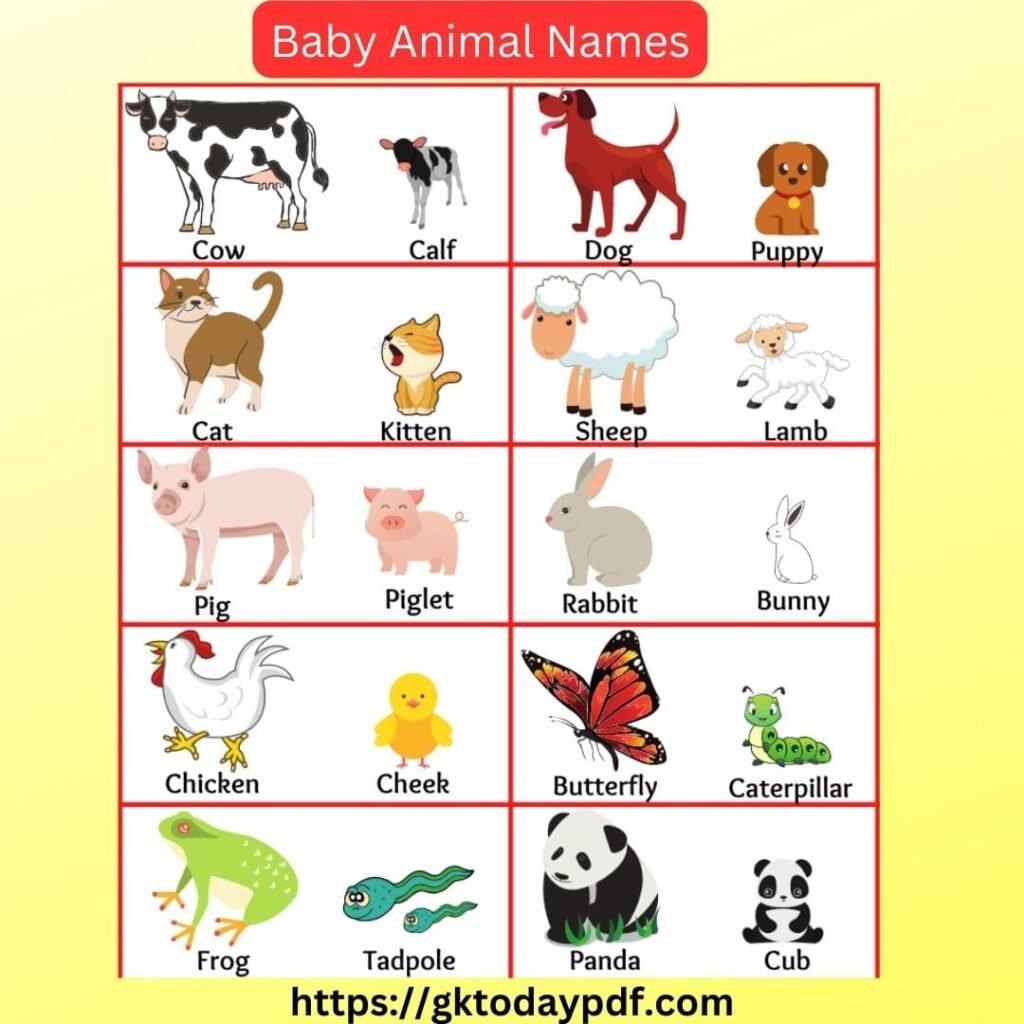
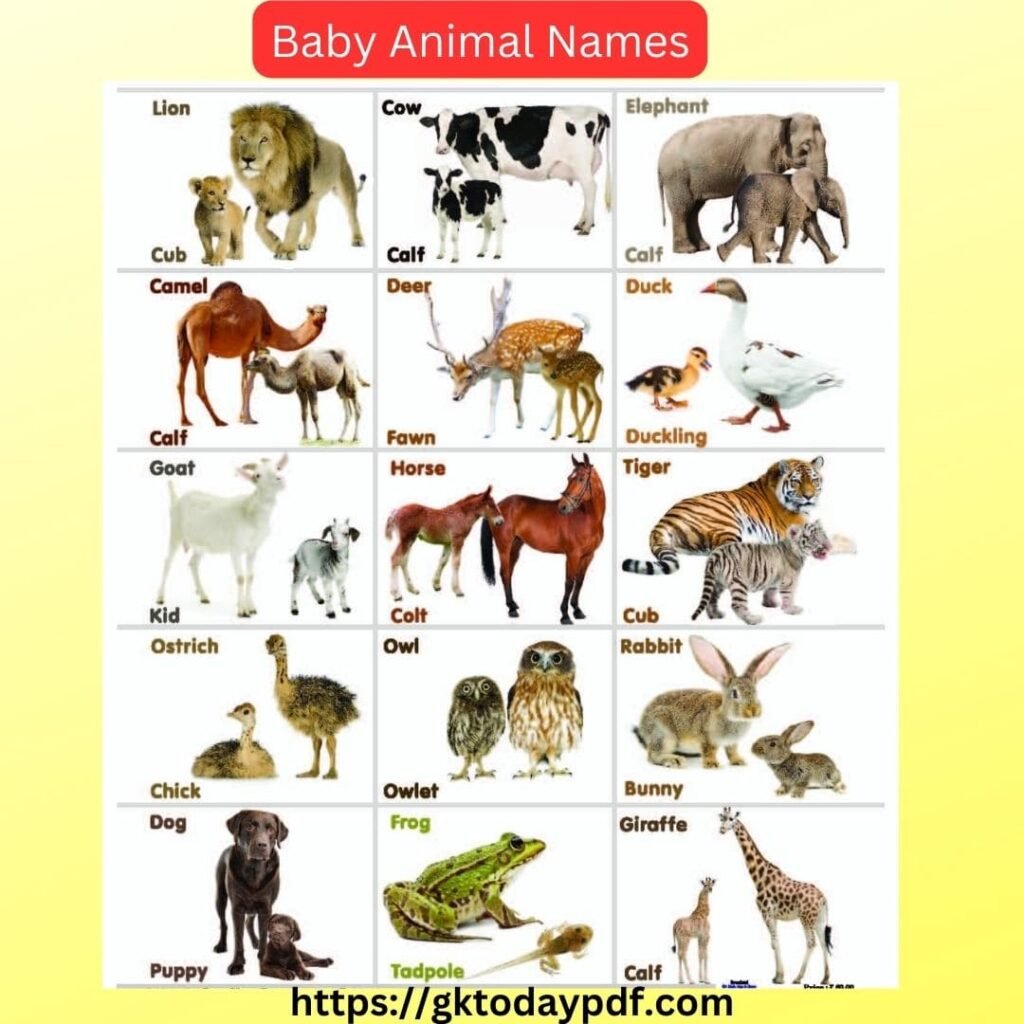
Baby Animal Names
Reptiles and amphibians
The term “hatchling” is the usual name given to newborn reptiles and amphibians. This is also the case with birds and other animals that lay eggs. While they aren’t nearly as many special baby names for them as there are for birds or animals, there are a few names that really stand out:
- Frog or toad: tadpole or polliwog
- Newt: eft
- Snake: snakelet
Fish
Eggs, then larvae, and eventually juveniles are the typical stages that young fish go through throughout their development. The term “fry” is used to refer to juveniles of a species when they are no longer dependent on a yolk sac for their sustenance and are instead capable of feeding themselves. And after those fry have acquired scales and functioning fins, they are known as “fingerlings,” so called because they are frequently about the size of a human finger. This term comes from the fact that fingerlings are sometimes referred to as “fingerlings.”
In addition to those more broad phrases, the following are some names that are more specific for fish offspring:
- Cod: codling
- Eel: leptocephalus (larva), elver (juvenile)
- Salmon or trout: alevin (before fry), parr (between fry and smolt), smolt
- Shark: pup
Mammals and marsupials

Babies of many different species of mammals are referred to as cubs, kits, pups, or whelps, particularly those belonging to carnivorous or omnivorous species. The young of many herbivorous ungulates are referred to as fawns or calves, although the latter word is also used to refer to marine mammals such as dolphins, manatees, and whales. Fawn and calf are both names for the same animal.
The following is a list of some of those names, with an emphasis on those that are less well-known, along with names that are even more unique for other young mammals, marsupials, and monotremes:
- Aardvark: cub or calf
- Alpaca, llama, guanaco or vicuña: cria
- Anteater: pup
- Ape: infant
- Bat: pup
- Beaver: kitten or kit
- Binturong: pup or kitten
- Boar: shoat, boarlet, or piglet
- Coyote: pup or whelp
- Echidna: puggle
- Fox: pup, cub, or kit
- Goat: kid
- Hare: leveret
- Hedgehog: piglet or pup
- Hippopotamus: calf
- Horse: foal, colt (male), or filly (female)
- Kangaroo: joey
- Mole: pup
- Monkey: infant
- Mouse: pup or pinky
- Platypus: puggle
- Porcupine: porcupette
- Pronghorn: fawn
- Opossum: joey
- Otter: pup or whelp
- Rabbit: kitten, kit or bunny
- Raccoon: cub or kit
- Rhinoceros: calf
- Seal: pup
- Sheep: lamb
- Skunk: kitten or kit
- Squirrel: pup, kitten or kit
- Walrus: cub or pup
- Wolf: cub, pup or whelp
Invertebrates
This is a broad category that encompasses a diverse collection of creatures such as insects, arachnids, echinoderms, and mollusks, amongst others. Eggs are the first stage of development for these organisms, which are then followed by phases as diverse as larvae, pupae, and nymphs. Several of them also have special names for their juvenile phases, such as the following:
- Ant: antling
- Jellyfish: ephyra
- Mosquito: wriggler
- Mussel: glochidium
- Oyster: spat
- Sea urchin: pluteus
- Spider: spiderling
Birds

Juvenile birds are often referred to as “chicks,” which is a generic phrase that may be used to any kind of bird. But, there are also more precise phrases for the different phases of a chick’s growth, such as a hatchling being a bird that just just hatched, a nestling being a bird that isn’t ready to leave the nest, and a fledgling being a bird that is just now ready to take flight.
You can’t go wrong by referring to any young bird as a chick, but if you’d want to be as specific as possible, the following are some additional words that are used to refer to certain sorts of chicks:
- Dove or pigeon: squab or squeaker
- Duck: duckling
- Eagle: eaglet
- Falcon or hawk: eyas
- Goose: gosling
- Guineafowl: keet
- Owl: owlet
- Peafowl: peachick
- Puffin: puffling
- Swan: cygnet or flapper
- Turkey: poult, jake (male), or jenny (female)
Animals and Their Babies Name

Cow – Calf

Dog – Puppy

Cat – Kitten

Sheep – Lamb

Goat – Kid6.

Pig – Piglet

Ant – Pup

Rabbit – Bunny

Horse – Foal

Chicken – Cheek

Deer – Fawn

Duck – Duckling

Goose – Gosling

Kangaroo – Joey

Swan – Cygnet

Eagle – Eaglet

Owl – Owlet

Donkey – Colt

Frog – Tadpole

Lion – Lioncub

Rat – Pup

Butterfly – Caterpillar

Panda – Cub

Ostrich – Cheek

Turtle – Hatchling

Turkey – Poult

Porcupine – Porcupette

Elephant – Calf

Peacock – Peachick

Platypus – Platypup

Bee – Larva

Monkey – Infant

Giraffe – Calf

Zebra – Foal

Fox – Kit

Alpaca – Cria

Possum – Joey

Hare – Leveret
Baby Goose: Gosling

Goslings, baby geese, usually eat grass. However, the species really determines what else is in their diet. Most goslings require supplemental feeding by the time they are five to six weeks old.
Baby Kangaroo: Joy

Joeys remain in their mother’s pouch until they are six months old. The main diet of these cute baby animals consists of their mother’s milk and grass. They consume only vegetarian food.
Baby Horse: Colt

The child of a horse is called a foal. Froth usually needs to be initiated with his mother’s milk. By the time they are three to four months old, foals’ digestive systems are mature enough to consume fibre-based foods such as pellets. A foal usually lives in a stable and is cared for by its owner.
Baby Giraffe: Calf

Giraffes also give birth to calves. As an adult, their entire diet consists of plants, but the calf drinks exclusively from its mother until it is at least nine months old. They can add plants to their diet as early as four months of age, but milk is still essential for baby giraffes. The natural habitat of giraffes and their calves is sub-Saharan Africa.
baby cat: kitten

No list of cute baby animals would be complete without mentioning the kitten that is the kitten. They consume only their mother’s milk until they are about eight weeks old, at which time they may transition to wet or dry kitten food. They often stay with their mother until they no longer need her milk.
Baby Chicken: Chick

Hens give birth to chicks as their own children. These farm animals are born with eggs, which need a male to fertilize them before they become live animals. Chicks are often raised separately from their mothers before living in a chicken coop as adults.
Baby Rabbit: Bunny

Baby rabbits are often called bunnies. Young rabbits (less than seven months old) need constant access to alfalfa pellets and hay. They will also need protein and calcium, although rabbits enjoy a variety of vegetables as well. Different breeds of rabbits live in different areas, so their habitat may end up being anywhere.
Baby Fox: Kit

Kit is a baby fox. Typically, a fox will eat a combination of small mammals and fresh produce. In order to nourish her cubs, the mother fox will regurgitate her prey to make it easier for them to consume. Although each species is different, forested areas are a preferred fox habitat.
baby dog: puppy

Dogs give birth to puppies. Although there are many different breeds, they all nurse their puppies with milk until they are old enough to chew their food at about six to eight weeks.
baby cow: calf

Another group of farm animals whose children are named for their offspring are cows that give birth to calves. Calves can be fed their mother’s milk or formula with silage, haylage, straw and other proteins. These domestic animals live on farms for the most part, but go wherever their mother goes.
Baby Goat: Kid

The baby goat is called a kid. While goats can eat grass after about a month, they primarily drink their mother’s milk. These farm animals usually live on a farm, but it is safe to separate the kid goat from its mother if it can be bottle-fed.
Baby Platypus: Platypup
Platypuses, the offspring of the platypus, consume their mother’s milk through pores on the chest, just like someone drinks water from their hands. They live only in the freshwater areas of Tasmania.
Baby Sheep: Lamb
Lambs are ruminants, and they can eat a steady diet of grass and forage plants without upsetting their digestive systems. Often raised on a farm with their mother, the lambs drink their mother’s milk, but it is possible to wean them at two weeks of age.
Baby Swan: Cygnet
Cygnets, or baby swans, initially do not have to eat for the first few days of their lives. They will explore their natural habitat (including ponds and similar areas) to find insects and local vegetation.
Baby Jellyfish: Affina
Although there are many species of jellyfish, the babies — known as ephiines — eat the larvae. They are only found in the ocean, but their fragile status leaves them with many potential predators.
Baby Hummingbird: Chick
The baby hummingbird is known as a chick. These chicks drink water and will eat bugs and nectar obtained from their mothers. Hummingbird babies usually do not defend themselves until they are about three weeks old and can begin to fly from their nests.
Baby Moose: Calf
Several baby animals are known by the name “calf”, including cows, elephants and moose.
A moose baby is called a calf, and it needs mother’s milk for the first five months before birth to build up its immune system. After weaning, they will maintain a vegetarian diet.
Baby Elephant: Calf

Elephant babies are called calves, and they will continue to drink their mother’s milk for at least two years. They can eat plants up to five months of age, but this is not their main source of nutrients. Elephants often live in Africa and Asia.
Baby Koala: Joy
Baby koala bear hugging a mother koala bear
After baby koalas, or joeys, are old enough to leave their mother’s pouch, adult koalas begin carrying the young on their backs.
Baby koalas, called joeys, will stay in their mother’s pouch until they are six months old. They are born without hair, ears or sight. They mainly live in Australia.
Baby Otter: Puppy
Otter babies, or pups, stay in the den with their mother, which must be in a secure location for their safety. They drink their mother’s milk for the first 40 days before starting to consume plants and small fish.
baby baboon
Baboon babies are called cubs, and they stay with their mothers for about six months until they are weaned. They will stay with their mothers in Africa or Arabia until they are two years old.
Baby Crocodile: Hatchling
The baby crocodiles that hatch from an egg are called hatchlings. They will start eating insects, fish, and small frogs at an early age, although their small bodies prevent them from catching larger prey.
Baby Eagle: Eaglet

The child of an eagle is called an eagle. Even as a baby, these birds will start eating raw meat on their first day of life, and it is often the male who rears them.
Baby Fish: Fry
The infant stage of fish, called fry, is ready to eat on its own like regular fish. Even with the many different species of fish, the term “fry” is used to describe most of them.
Baby Owl: Owl

Three young Ural owls are sitting on a branch near their nest.
These adorable baby owls go by the label “owls”.
A baby owl, also known as an owlet, is notable for its lack of mature plumage. It is up to the mother to bring in the meat, although any owlets that fall from the nest will likely not be cared for.
Baby Oysters: Spat
The reproductive cycle of oysters produces spat, which occurs after the larvae attach to the surface to grow. They mainly survive on phytoplankton.
Baby Panda: Cub
Like many bears, a panda’s baby is called a cub. Mothers often only feed the strongest cub when she has two or more cubs, and may not eat bamboo until they are one year old.
Baby Ferret: Kit
As cute as can be, baby ferrets are called kits – just like baby foxes.
Baby ferrets are called kits, which count any ferrets under one year old. Each kit is born with white fur, and they prefer to eat fresh meat and their mother’s milk.
Baby Fly: Maggot
The name of the child of a fly is a worm. Insects are voracious eaters, and they will even go after other insects to nourish themselves.
Baby Grasshopper: Apsara
Before a grasshopper becomes an adult, it is called a nymph. It reaches adulthood within about 11 months, although they do not develop their wings until that stage.
Baby Spider: Spiderling
Baby spiders are called spiderlings. Up to 3,000 eggs are laid at a time to produce these offspring, which have to fend for themselves after hatching.
Baby Turkeys: Poult
Chickens, or baby turkeys, live in nests and cannot fly. They will roost in trees with their mothers when they are big enough to fly and eat whole grains.
Baby Toad: Tadpole
As a child, toads live in water as tadpoles. When the legs grow, they emerge on the ground and their tail is removed. Generally, tadpoles feed on soft plants.
Baby Hedgehog: Piglet
A relatively common pet, the baby hedgehog, also known as a piglet, is both cute and playful.
Hedgehogs feed their piglets with milk until they are eight weeks old. However, if you keep one as a pet, they will willingly indulge in wet dog or cat food.
Baby Monkey: Infant
Baby monkeys – known as infants – live in tropical rainforests in trees. In addition to their mother’s milk, they will also eat the food their mother gives them when they are two weeks old.
Baby Mouse: Pinky
Baby mice, often called pinkies, feed on their mother’s milk until they are 28 days old. After this age, they will search for crumbs, seeds, insects, and nuts as food wherever they are.
baby penguin: chick
Penguins lay eggs to give birth to their chicks. Instead of giving milk to their chicks, they give their brood a secret called crop milk, which is high in fat and made by a pouch in their throat.
Baby Rat: Puppy
Baby mice, known as pups, will consume their mother’s milk for the first three weeks of life before they eat the same as their mother. Rats are found almost anywhere, although they can also be kept as pets.
Baby Mosquito: Tumbler
Baby mosquitoes are known as tumblers. They live in water and eat algae.
Baby Hippopotamus: Calf
Baby hippos – or calves – eat mainly grass after three weeks of age, but they will continue to suckle milk from their mothers for up to eight months. They can even drink under water.
Baby Pigeon: Squab
Pigeon parents stay in the nest for several weeks to raise their chicks, which are called squabs.
Pigeon babies are called squabs, and they are given reproducible food for the first few days after hatching. They will start eating fruits, seeds and sometimes invertebrates after nine days.
Baby App: Baby
Like most mammals, monkey babies – commonly called babies – drink their mothers’ milk. After they are weaned, the specific diet depends on the particular species.
Baby Bat: Puppy
Baby bats, known as pups, are fed milk from their mothers as well. They will also consume mealworms.
Baby Snake: Snakelet
Snakelets, or baby snakes, are carnivorous, although diet varies depending on the species. They are found all over the world, however this baby name applies to all of them.
fawn: fawn
Cubs are baby deer. They stay with their mothers on her milk until they are about 12 weeks old. Thereafter, they will seek out fruit as their primary food source.
Baby Bird: Hatchling
In general, baby birds are considered hatchlings, unless the specific breed has a different name. Birds come in all shapes and sizes, and they are found all over the world.
Baby Camel: Calf
Camel babies are called calves, and they mainly consume milk until they are 12–18 months old. Mothers continue to produce for some time after that as long as the calf continues to feed.
Baby Butterfly: Caterpillar
A familiar sight is the caterpillar, the fledgling stage of a butterfly.
The caterpillar is considered the infant stage of the butterfly. they eat leaves and wrap themselves
Baby Mole: Puppy
Mole babies or pups need their mother’s milk. It often lives underground, looking for worms and other bugs if it can hunt.
Baby Bear: Cub
A baby bear is called a cub, and they are usually born in the wintertime, weighing between eight and 16 pounds. They stay in the den with their adult mother, and they are born completely blind. Their main source of food is their mother’s milk, and they may be born with multiple siblings.
Baby Tiger: Cub
A baby tiger is known as a cub. These tiger cubs stay with their mother till they are two years old. They usually nurse until they are 24 weeks old (about five to six months) before their mother brings them prey to eat. Tiger cubs are not able to hunt on their own until they are 1.5 years old.
Baby Pig: Piglet
Piglets usually remain on farms until they reach adulthood at five months of age. They eat a wide variety of food as omnivores, although they will feed on their mother’s milk until two months of age.
What is a baby sheep called?
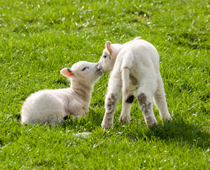
Puppy
Calf
Chick
Lamb
What are baby pigs called?
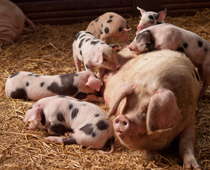
Piglets
Puppies
Poppies
Pansies
If the mother is a cow, what do we call the baby?
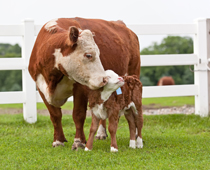
Piglet
Cub
Calf
Foal
Animals in the sea also have babies. A mother _____ is swimming with her calf.
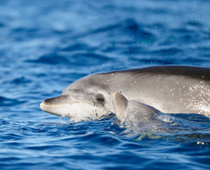
Dolphin
Seal
Sea Lion
Octopus
Baby giraffes are called calves. They are like their mothers, but smaller. They are born with long _____ and _____.
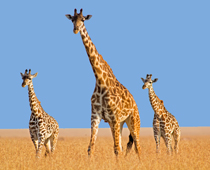
Arms and Legs
Ears and Arms
Legs and Necks
Necks and Arms
This kitten is a baby. Kittens are baby _____.
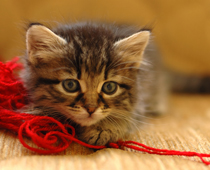
Dogs
Cats
Lions
Tigers
If the mother is a horse, what do we call the baby?
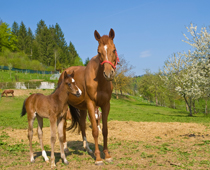
Calf
Cub
Foal
Kid
This is a family of lions. Lions are big cats. But their babies are called _____.
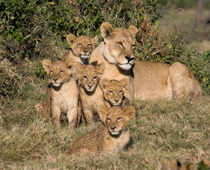
Kittens
Cubs
Leopards
Calves
Many animals have more than one baby at the same time. The mum and dad of these two babies are very proud. They have named the babies Alex and Freddy. Alex and Freddy are _____.
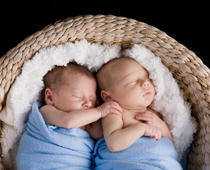
Twins
Triplets
Cousins
Cubs
Puppies are young _____.
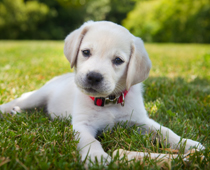
Cats
Dogs
Goats
Rabbit
1 thought on “Baby Animal Names: 150 Baby Animal Names | The Big List”